What is it like to stay at a small polar station in the Arctic? How to reach it and what to do there? If you’re curious to know the answers to these and similar questions, look no further. The following text answers them all.
In Svalbard, small polar stations usually operate only in the summer season, when the sun doesn’t set and weather conditions make fieldwork more doable. I hope you’ll join me on a summer expedition to one such station and feel the magic of the north, just as I do. The station I’ll be taking you to has been my home away from home for nine seasons already and counting.
So where exactly are we heading? To the Coffee Plain, usually referred to by its Norwegian name of Kaffiøyra, where the polar station of the Nicolaus Copernicus University in Toruń, Poland, is located. The area lies not far from Ny-Ålesund, which is the northernmost inhabited human settlement in the world.
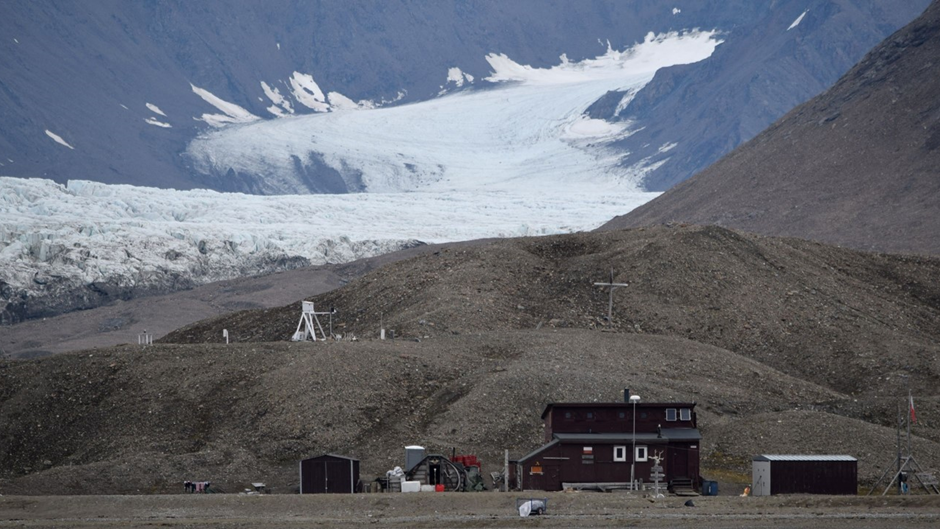
Photo 1. Station of the Nicolaus Copernicus University in Toruń, located in the Coffee Plain, Svalbard
Preparations
Every journey, no matter how long or how short, requires preparation and – in the case of a polar expedition – getting ready starts many months before the actual departure. The key thing are the lists. It is crucial to carefully go through the available inventories and decide which items are lacking and which are about to run out. The most important lists are those of food provisions. Everything must be planned ahead, because the nearest store will be over a hundred kilometres away. Special attention is given to food items with long shelf life, which don’t need to be kept refrigerated or frozen. These include all sorts of ready-to-eat jarred meals, canned meat and fish, pasta and dried sausage. The amount of food must be calculated so that there’s enough of it for all expedition members for almost three months. What else must not be forgotten? Fuel and firewood. The electricity from a generator powered by diesel fuel will be needed to charge batteries, marine radios as well as personal and professional equipment, such as cameras and laptops. Firewood, on the other hand, will keep the team warm, especially on cold and windy days. It is necessary to pack everything that may come in handy, from soap, through lubricants, to wooden planks and nails. And then all the barrels, bags, boxes, crates and bundles must be loaded onto a ship, which will transport the lot from Poland all the way to Svalbard.
Journey
The team travels to Svalbard by plane, usually with one stopover in Oslo and sometimes with a couple more at other airports. When leaving the plane, we must keep in mind that although at this time of year the temperature in Poland is about 25–30°C, in Svalbard it is only about 4°. Shorts and flip flops are, therefore, not recommended. A much better idea is to have a fleece or down jacket at hand.
At Longyearbyen Airport we’re greeted by a stuffed polar bear, guarding the baggage carousel. Bears like this one can be found in many public buildings all over the town, which is easily reached by taxi or a local bus. In most cases, we spend a few days in Longyearbyen, awaiting transport to the station. This gives us a chance to do some sightseeing and shopping. And to use the phone and Internet for the last time. At the station, there is no mobile reception or Internet access. The only way to contact the outside world is by a satellite phone (used in emergency situations) or the so-called inReach (which is a GPS tracking device that doubles as a simple satellite communicator and makes it possible to send and receive short text messages).
What is there to see in Longyearbyen? The town is dotted with relics of the area’s mining past, such as the coal cableway and trolleys. Also worth checking out is the Svalbard Museum and the local Protestant Church.
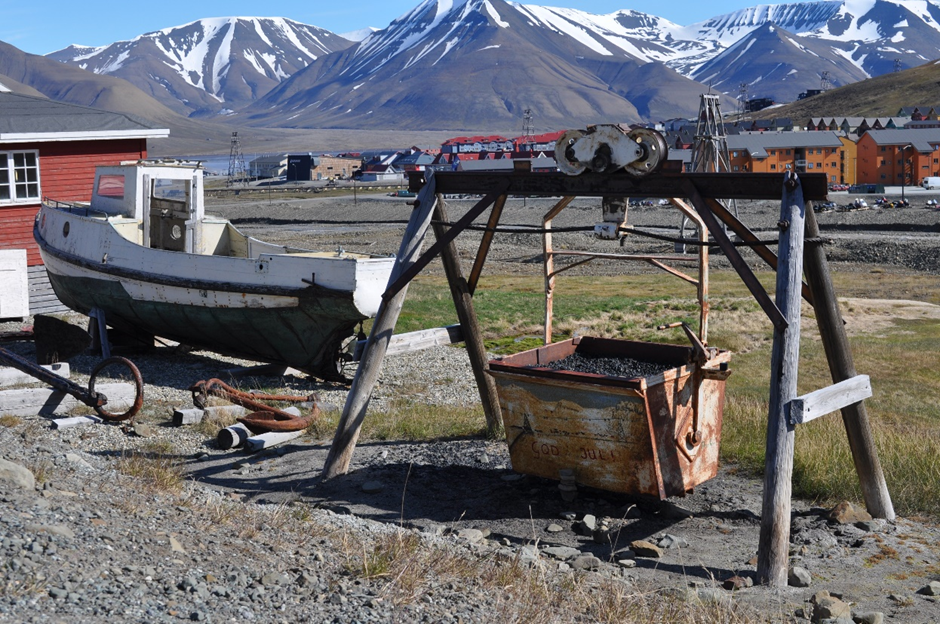
Photo 2. Remains of the old coal cableway, Longyearbyen
After a few days of sightseeing, it’s time to resume our journey to a place which will be our home for the next two to three months. But how to do that? There are a few options, but the most popular means of transport is the Polish training-research vessel Horyzont II, which brings supplies for all Polish research stations in Svalbard. The voyage from Longyearbyen to our destination takes about eight hours. If the weather permits, we spend most of that time on deck, admiring the views. Everyone’s excited that in just a few hours we’ll be left in the middle of nowhere, where our only neighbours will be Arctic foxes and reindeer. First, however, there is some work to do, so when the ship drops the anchor near the station, we all roll up our sleeves in anticipation. It may be 4 in the morning, but it’s the polar day so the sun’s up anyway, and the barrels, bags and boxes packed in Poland won’t make it to the station by themselves. They must be transferred to the shore on board a rubber boat and unloaded. But hold on a second! Before we manage to climb down to the boat, we notice a slight movement on the shore. A reindeer perhaps? It soon turns out that it’s not a reindeer at all, but a polar bear. We watch through binoculars as it slowly, almost nonchalantly heads straight towards our station. It sniffs the main door, circles the outbuildings and– unable to figure out how to get inside – soon gets bored, walks down to the edge of the water and swims away. We watch the animal for some time to make sure it goes north and shows no interest in coming back. We have all been hoping to see a polar bear, but the unloading, when everyone’s focused on the work at hand and doing their best not to drop anything in the sea, is clearly not the best moment for such encounters.
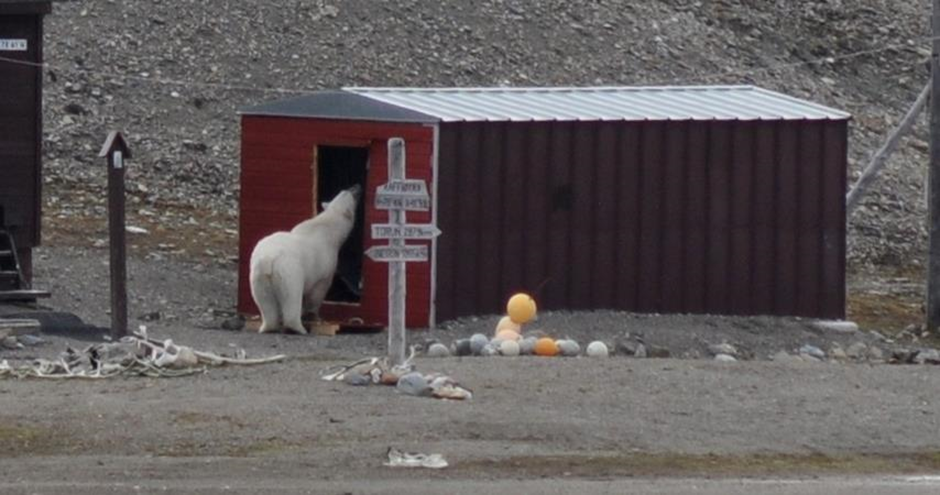
Photo 3. A polar bear peeking inside the station’s garage soon after our arrival in the area
With the king of the Arctic gone, we can safely disembark. Depending on the weather, navigation condition and, of course, the amount of stuff to unload, we have between four and six hours of hard physical work ahead of us. The most effective way to unload a boat is to form a human chain and pass items from one person to the next. This way, all our supplies are quickly moved out of reach of the waves.
When the ship departs to the south, we are left with all our provisions stacked in piles on the beach. What should be taken to the station first? Our personal things and, of course, food. Polar bears are not the only animals greedy for our supplies. Arctic foxes, which live nearby, are also very much interested in what we’ve brought along. So we transfer everything to the safety of the station, going back and forth with loaded trolleys. Once the work is finished, we can finally get some sleep and gladly wrap up in our sleeping bags.
First days at the station
We get up after a few hours’ rest, ready for new challenges. What else needs to be done for the station to turn into a comfy home? What do we need to function normally? Water, which is stored in large plastic containers. But where do we find it? In a glacial lake, located nearby but still far enough that everyone going there must be armed with a rifle for protection against (which usually means no more than scaring off) polar bears. We install a water pump in the lake, attach to it a garden hose and, within a few moments, the containers are full of water, which we’ll use to drink, cook, do dishes and wash ourselves. Next, we pour fuel into canisters and start a generator. We need electricity to charge batteries for the most important device at the station – a marine radio. The radio, set always to channel 16, is our window to the world. We use it primarily for communication between the station and field groups, busy doing research outdoors. Now, all that’s left is to connect a gas cylinder to a gas cooker and make our first tea, coffee and drop scones. Having access to water, a hot meal and means of communication, we finally feel at home. In the meantime, we set up a meteorological station, which provides information on air temperature and wind speed. We must also see to another key issue – the toilet. The station has no running water or plumbing, so the toilet is, out of necessity, located outdoors. Before heading there we must, therefore, remember to grab not only a roll of toilet paper, but also a flare gun. Polar bears have a great talent for turning up out of the blue, no matter the time of day (or night) and the likelihood of meeting one must always be kept in mind.
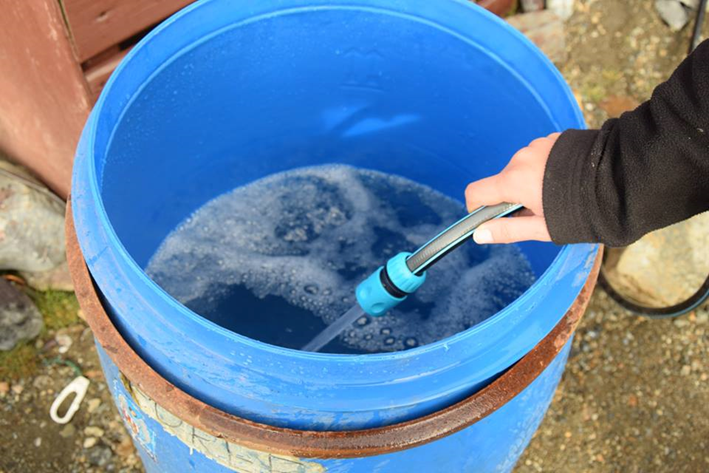
Photo 4. It’s necessary to fill up water containers
The first few days at the station are largely devoted to unpacking the equipment and supplies, and checking research devices. When everything is sorted out and in proper working order, we may start with the fieldwork, which is what we came here for and what brings us much joy and satisfaction.
Research
With the station as our base, we carry our scientific research in the field of Earth sciences, including the study of glaciers (glaciology), rivers flowing out of glaciers (hydrology), sediments and features formed as a result of glacier activity and cold climate (geomorphology), as well as a range of geological, geodetic, meteorological and geophysical studies.
In selected measurement points we install automatic devices monitoring water temperature and pressure.
Put up on glaciers are ablation stakes, which make it possible to determine how much ice has melted in a given period of time. Every few days, we visit the studied glaciers, which is to say – the Waldemar Glacier and the Irena Glacier, and carefully measure each of the stakes. It may not sound too exciting, but trust me, it is. Especially when getting from one stake to the next involves jumping over wide glacial streams. It is also crucial to keep clear of glacier mills (or moulins), which may turn out to be a deadly trap. Rain or drizzle makes glacier surface very slippery. It is, after all, made of ice. And so, if you’re unlucky enough to have forgotten your crampons, walking on a glacier is an adventure in itself. Besides, the weather may change in a blink of an eye. It is not uncommon to leave the station with the sun shining bright, only to be greeted by fog or a snow blizzard inside a glacier cirque.
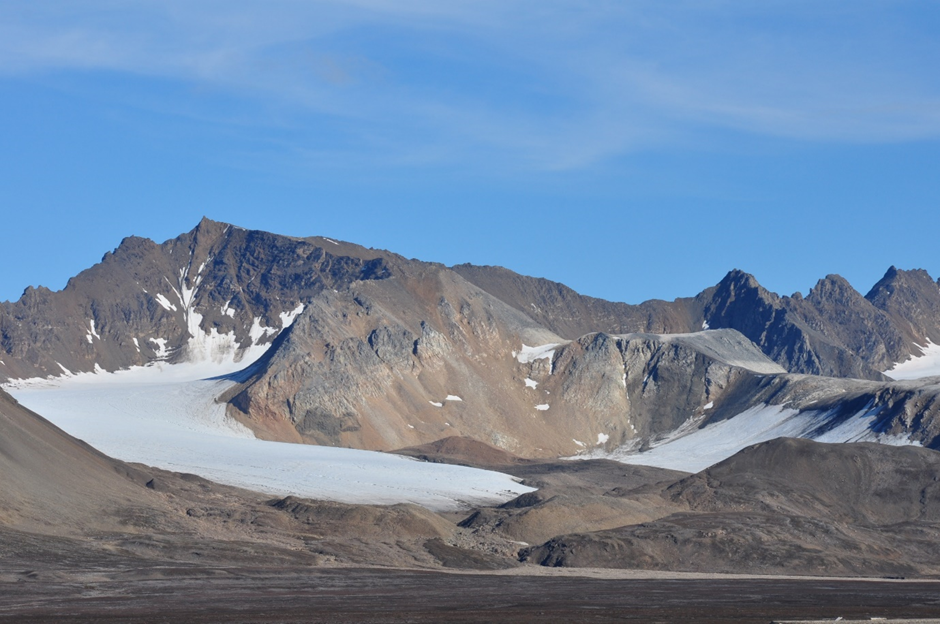
Photo 5. The Waldemar Glacier
We climb nearby hills and mountains to put up meteorological stations. We clamber up scree slopes, stopping regularly to get our breath back, have a look around and admire the plain and nearby glaciers from above. On top, once we have finished installing the equipment, we take a longer break and have a bite to eat. In such a place a piece of bread with Spam and a chocolate bar taste like heaven. And if the menu also includes a few drop scones smuggled out of the station’s kitchen there’s really nothing more left to wish for. We stretch out on lichen-covered slopes and enjoy the moment. We’re in no hurry to reach the station before the dark, because the sun won’t set for weeks. What’s more likely to send us rushing back is a sudden change in the weather. Climbing – or rather sliding – down the scree slope takes no time at all and soon we’re back at the foot of the mountain, with about an hour’s walk (and many grazing reindeer) between us and the station, which will provide a welcome shelter from the fog, rain or snow.
Two- and four-legged visitors
Are we cut off from the world while at the station? We are and yet we aren’t. Even though we spend between two and three months as part of a very small group (3–9 people) we are not completely isolated. Despite being over a hundred kilometres from civilization, we do at times get an astonishing number of visitors. Large cruise ship never reach the area, because our part of the fjord is too shallow for them, but the depth is more than enough for smaller vessels. There are many yachts, most of them Polish, whose crews often pop in for tea and chats. They bring stories and polar gossip from other stations and we gladly learn about recent sightings of polar bears, whales and walruses. What they receive in return are our stories of polar adventure, because in places like our station, right in the middle of nowhere, a good story is by far the best currency. But there’s another type of barter also going on during such visits. Like when we exchange some potatoes for the fruit, yoghurt and fresh bread received from the crew. The conversation usually goes as follows: “Have you got some dried sausage or milk to spare? Want to trade it for a few kilograms of potatoes or carrots? Or perhaps a piece of cake?”.
Every so often, in the small hours of the morning, we’re roused from our sleep by a knock on the door. The first thought to cross our minds is usually that of a bear, but in most cases it’s just a weary traveller, who reached the area in a canoe and would like to get some rest. In the Arctic you don’t turn your back on people in need, so we let the person in, point them to a free bed, treat them to some tea and breakfast and nod our heads when we hear they’ll be on their way in a few hours at most. After all, it only takes a glance through the window to know they won’t be going anywhere any time soon. It’s no great loss, however, as a prolonged visit provides a wonderful opportunity to brush up on our English and discuss life in other parts of the world.
Depending on the season, two-legged visitors arrive at our door about once a week, although it does happen that three yachts lie at anchor in front of the station while the fourth is announcing her arrival by radio. On such days, the station is breaking at the seams and mugs become a prized possession. The number of people grows to a couple dozen and it’s almost like we’re back in a crowded city.
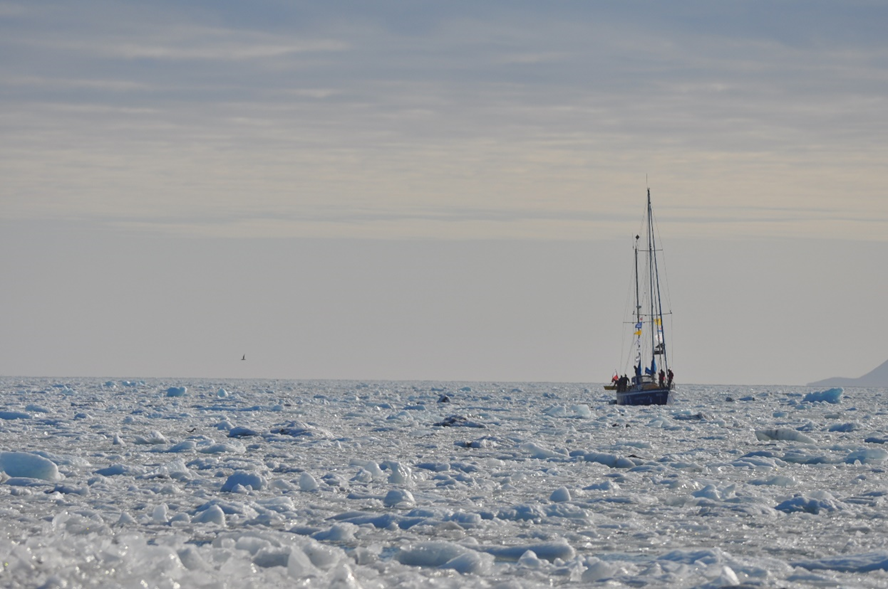
Photo 6. A yacht which came against drift ice near the station
On top of that, we get daily visits from our four-legged neighbours. Reindeer have developed a taste for the grass growing around the station and they’re not particularly afraid of people. Besides, they’re quite inquisitive and each new element of the infrastructure is soon thoroughly inspected. Like, for example, the automatic meteorological station put up near the main building. The device includes a number of metal frames, tubes and stays, which is why a fence had to be put up around it. After all, we can’t let our four-legged inspectors get tangled up in wire rope and injure themselves.
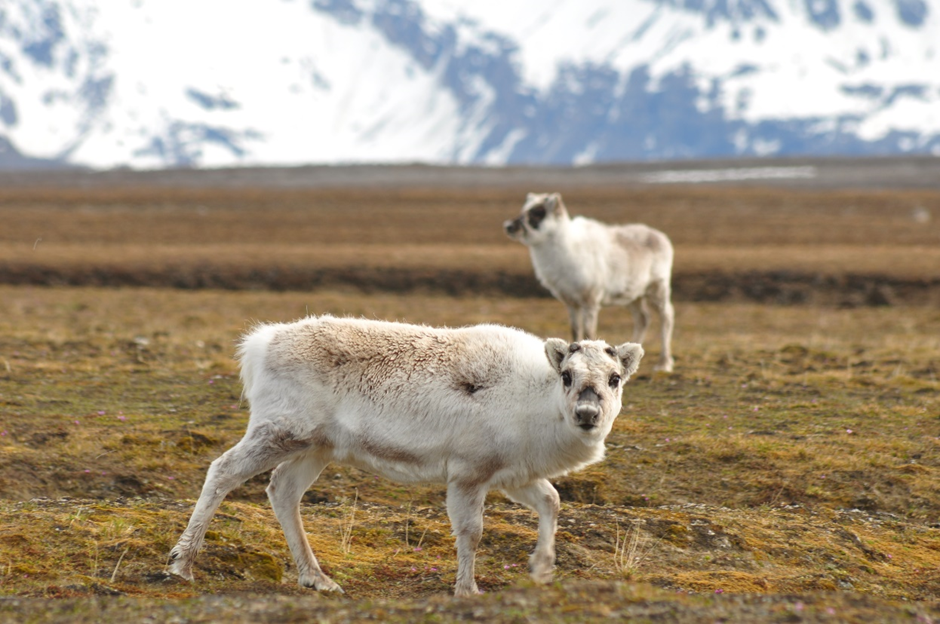
Photo 7. Inquisitive reindeer
Even though reindeer pose no danger to people, they’re perfectly capable of scaring us half to death. Especially when we don’t expect to find any living creatures near the station and, upon stepping outside, we see from the corner of our eye a sudden movement of something large and furry. The first image to jump to mind on such occasions is invariably that of a polar bear standing two metres away, which – as you may well expect – is enough to make our blood run cold. Luckily, it’s just a harmless reindeer, which got as bad a fright as we did when the door suddenly opened.
Another common visitor is the Arctic fox. Or a whole family of Arctic foxes! They’re extremely curious, even more photogenic and rather keen on petty theft. They have a reputation for stealing soap bars and sometimes make off with a slipper. Besides, they have long been trying (and so far failing) to dig a hole into our pantry.
On one occasion, a female fox came over with two of her cubs. She kept a careful eye on us to make sure the cubs were safe, while we stared in delight and went crazy taking pictures. During the weeks that followed, we had a unique opportunity to watch the two grow, play and rest in the area. A little further afield, we could also see how a fox mom taught her young to move on melting ice, jumping from one ice chunk to another, so as not to fall in a river.
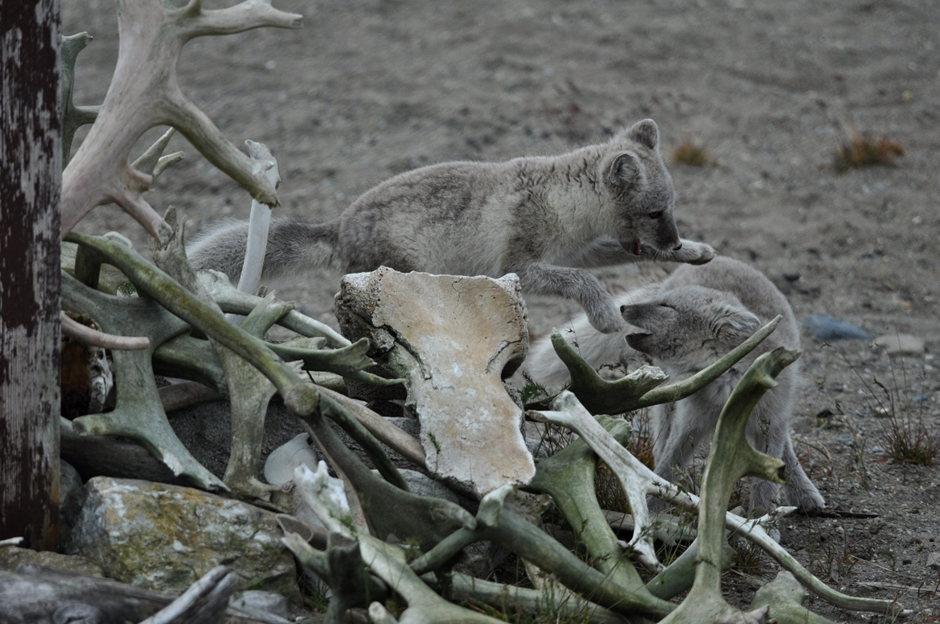
Photo 8. Fox cubs frolicking in front of the station
We often came across fox tracks, or foxes themselves, on glaciers or on the beach, right next to bear tracks. Foxes are smart and know perfectly well that following a polar bear may mean a free meal if the bear manages to catch a seal.
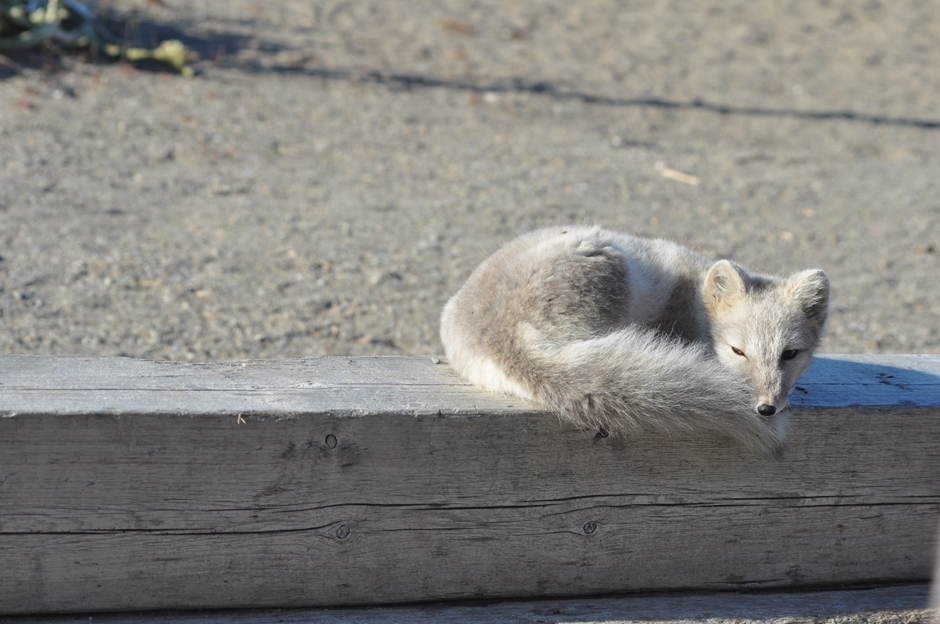
Photo 9. An Arctic fox basking in the sun
This brings us back to the topic of polar bears. For many years, the question asked by the expedition teams have not been “Will the bears show up?”, but rather “How many bears will there be this season?”. The station lies right on the “bearway”, or the trail that bears follow on their way north or south. They often manage to approach unnoticed, as they make virtually no sound until they try to break into a building or our rubbish box. When we head out to the toilet and hear a rustling noise, we usually hope it’s just foxes, but the sight of a massive furry rump sticking out from behind the corner is all we need to speed back to the station and raise the bear alarm. The first thing everyone usually reaches for is such situations is a camera. Firearms are, of course, also at hand, but more often than not, the bear makes a round of the station’s premises and, having decided we have nothing worthwhile to offer, walks away. It does happen, however, that instead of a single bear, the station is visited by a female with cubs. And this is a risky situations, as there’s nothing quite as dangerous as a mother protecting her young. Especially when she weighs over 300 kg and runs faster than we do.

Photo 10. A female polar bear with an almost adult cub
Encounters with the king of the Arctic can also take place further afield, like when it suddenly walks out from behind the rocks we’re heading for. Or when we’re at the terminus of a tidewater glacier and notice that what we thought to be yet another chunk of ice floating in the water is moving too quickly for ice and then climbs onto an ice floe. The more ice floes there are in the fjord with the more seals resting on top of them, the greater the likelihood of meeting a polar bear.
And yet the only animal that ever attacked us was the Arctic skua. Skuas (also known as parasitic jaegers) nest on the tundra and fiercely defend their territories. Bad luck has it that the trail we follow to reach a glacier cuts right through one such territory. When their eggs hatch, skuas are even less tolerant of intruders. If we venture too close to a nest, adult birds take to the air and fly at our heads, trying to scare us off. Another strategy they employ is to lead the intruder away from the nest by pretending they’re hurt. To do so, a skua bends its wing and runs away on foot, dragging it behind as if it was broken. The bird does it so convincingly that it might well be nominated for the Best Actor Academy Award. What’s worth noting is that it’s not only people that get attacked by skuas. If a reindeer gets too close, it too is ruthlessly driven away.
Daily life
The life at the station, even if it only lasts several weeks, is a step back in time. Cut off from the constant buzz of civilization, big city life and the Internet, we focus on the here and now. On everyday activities, research, work and rest, the beauty of nature around us and our inner selves.
Every morning, we make breakfast for the whole team. If it’s cold, we light the wood burning stove and plan the rest of the day over tea or coffee, keeping in mind that everything depends on the weather. No matter what, we can only work in the field when weather conditions permit.
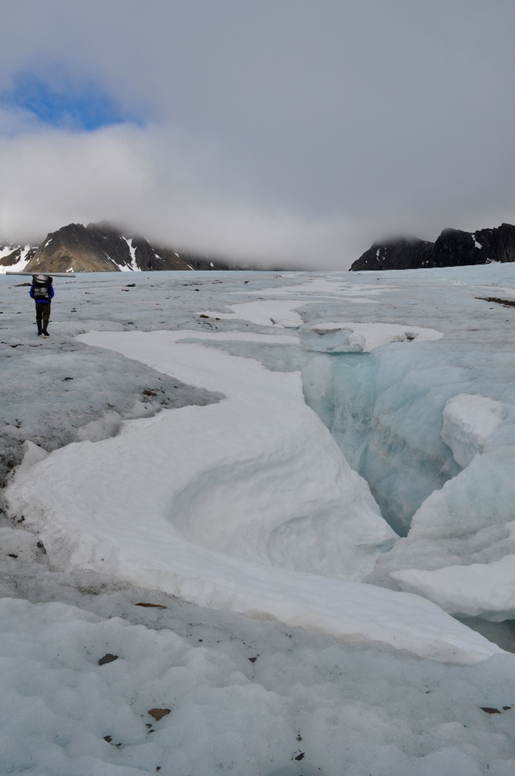
Photo 11. A hike across the Irena Glacier
If the weather is bad, we keep ourselves busy with indoor work, as there’s always something to do at the station, something to fix, improve or put in order. Like, for example, bringing in firewood, filling up water containers or catching up with scientific analyses and articles. Evenings are spent reading books, listening to music or playing card games. If we happen to have guests from other countries, we often chat about cultural differences and life.
They say there’s no bad weather, only bad clothing. Whenever adverse conditions persist for longer, a change from pouring rain to a drizzle is enough of an improvement for us to put on our rain gear and head out to do as much fieldwork as possible. It is rather unpleasant to get wet and cold, but at least, after we’re done with the work, we can warm up by the stove, enjoy a warm meal and rest. And if it happens to be a sauna day (which takes place twice every week), there’s really nothing more to wish for.
Rainy and windy days are forgotten the moment the weather improves. Sunny days when there’s no monitoring to be done, we spend playing games (like football), sunbathing on the station’s roof (dressed in shorts and a t-shirt) or exploring the area. We pack cameras, some snacks and firearms, and hike to the terminus of a nearby glacier. Perhaps we’ll be lucky enough to spot seals or beluga whales. Or witness a glacier calve. There’s always a chance to see something interesting or unexpected, like an old glass fishing float washed ashore or a polar bear swimming in the sea. On windless days, we sometimes use a rubber boat to reach places impossible to get to on foot. Preparations for such trips take a bit longer, because we have to pull the boat from the garage, get it to the beach, check the engine, fill up the fuel tank, put on flotation suits and pack the firearms (and everything else we might need) so that nothing gets wet. Once all this is done, we push the boat in the sea, jump in and off we go towards new adventures. If the nesting season is already over, we may visit a bird island with the remains of a ship which had met its end on nearby skerries. Or we go to the neighbouring plain of Sarsøyra, whose narrow headland is very popular with walruses.
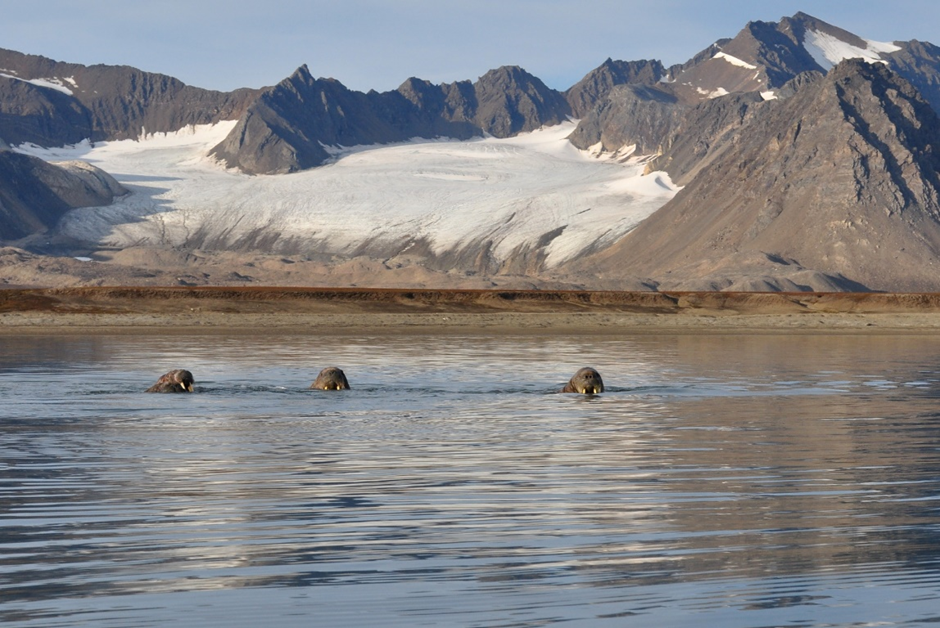
Photo 12. Walruses encountered during one of our boat trips
Final days before departure
At the beginning of September we finish with the fieldwork and start getting ready to leave. We dismantle and put away scientific equipment, and secure all devices that are staying behind. There’s a lot to do at the station to prepare it for winter. We go through all garages, outbuildings and storerooms, making detailed inventories of everything that’s inside. In the boat garage, we secure rubber boats and engines, and put in order canisters with oil and fuel, while inside the main building, by the stove, we pile up a supply of firewood. We remove the water pump from the lake and roll up the hose, pack the equipment and personal belongings that we’re taking home with us, make sure the food supplies cannot be ravaged by polar bears, disconnect the gas cylinder from the stove and batteries from the radio, pack up the rubbish so that none is left behind, secure the windows and screw on window shutters (as otherwise fierce winds might rip them out), and finally bolt the double entrance door to the station to make sure no polar bear can get inside. We bid the station farewell and walk down to the water edge, where among bags and boxes we wait to be picked up by a yacht or a motor boat. And after one last glance at the station, which served us so well as a home, we head back to civilization.
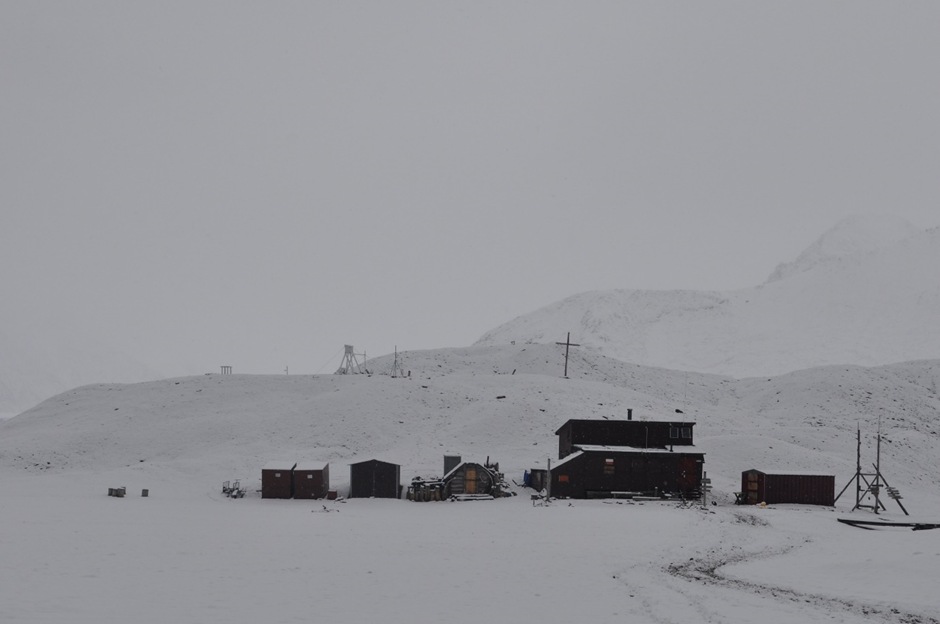
Photo 13. Winter is coming, it’s time to go
Text and photos: dr Katarzyna Greń
English translation: Barbara Jóźwiak






